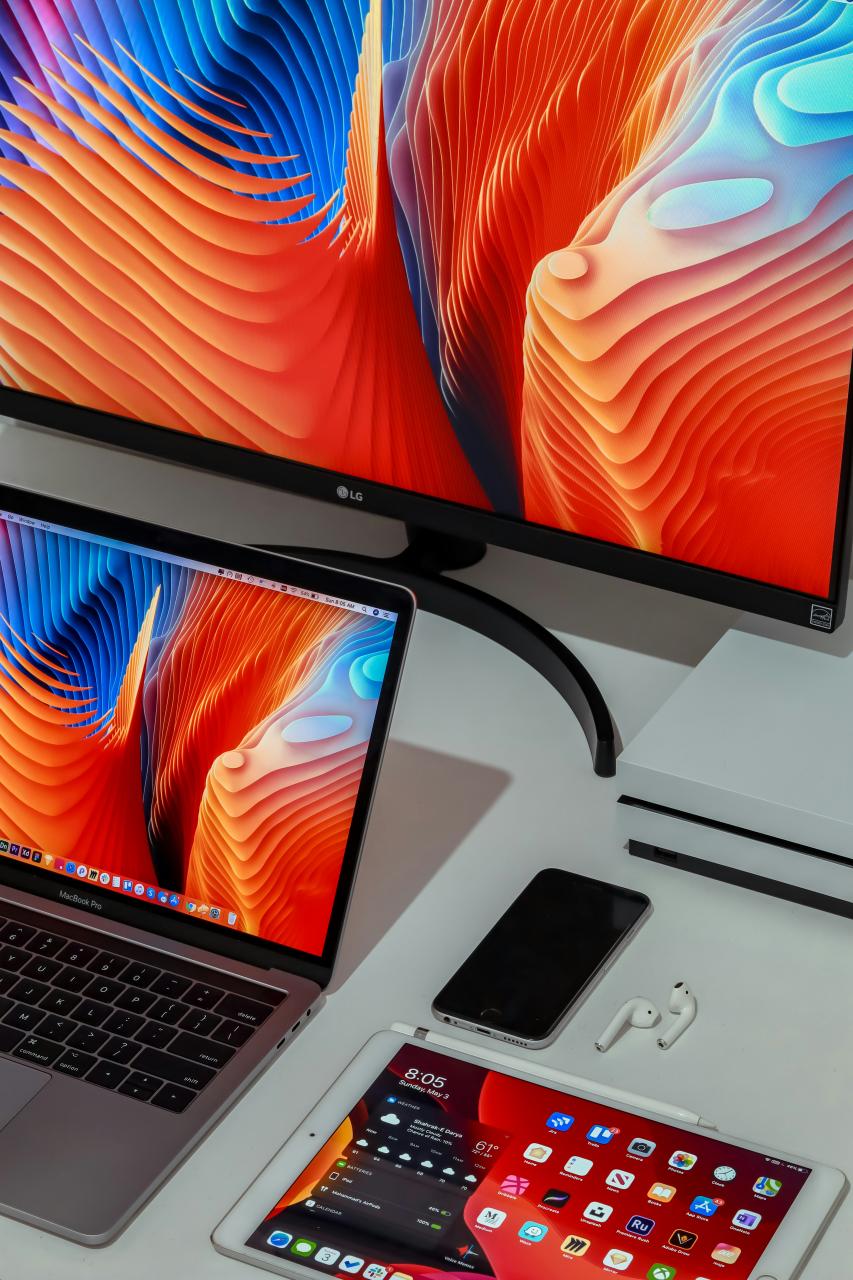Supplier relationships are the hidden backbone of the global economy. Consider this – for every dollar of revenue earned by Apple, Samsung, Toyota, or Walmart, over 70 cents comes from suppliers.
Yet in our hyper-efficient, cost-focused supply chains, supplier relationships are often an afterthought. We take them for granted, until crisis strikes.
The pandemic painfully exposed the risks of fragile supplier networks. Over 80% of Fortune 1000 companies experienced supplier-driven disruptions. But those with strong supplier partnerships proved far more resilient, recovering revenue 2.5x faster according to BCG research.
Clearly, supplier relationship management (SRM) merits more strategic attention. Recent Deloitte surveys reveal improving supplier collaboration is a top priority for supply chain leaders.
But what does "improving supplier relationships" really entail in practice?
Here are 5 ways to optimize SRM while building supply chain resilience and visibility:
1. Know Your Suppliers Like Partners, Not Vendors
Transactional "arm‘s length" supplier relationships are risky. A KPMG study found only 9% of procurement leaders are highly satisfied with their supplier relationships.
Why? Over-focusing on costs instead of value.
Shift to a partnership paradigm by:
-
Learning suppliers‘ priorities, challenges, and future ambitions. Schedule on-site visits to see operations first-hand if possible.
-
Communicating your goals and vision for the relationship to align strategically.
-
Measuring value beyond costs like innovation, quality, and speed. A great supplier saves you far more than their invoice price.
-
Instituting regular performance reviews and planning for continuous improvement, not just transactional interactions.
Treat suppliers like valued partners, not faceless vendors. Photo by Towfiqu barbhuiya on Unsplash
With mutual understanding and extended time horizons, you can tackle issues collaboratively instead of reactively.
2. Continuously Evaluate Suppliers and the Entire Network
86% of companies lack full visibility into their supplier networks according to Deloitte. This blindness creates risk.
Follow a process of continuous evaluation:
-
Map your supplier ecosystem – the entire end-to-end network including tier 1, tier 2, and beyond. Tools like SupplyShift and Sourcemap can visualize networks.
-
Conduct supplier risk assessments evaluating operational, financial, geographic, and cyber factors. Check out BWise‘s 5-step guide.
-
Use technology like AI and Big Data Analytics to monitor transactions, news, and ESG metrics for early performance alerts. Riskmethods and Resilinc offer solutions.
-
Share findings to collaboratively strengthen the ecosystem. Identify network chokepoints by mapping value flows.
Tools like SupplyShift provide supplier network visibility. Photo by Glenn Carstens-Peters on Unsplash
Proactively identifying risks allows prevention instead of reaction.
3. Build Supply Resilience Through Supplier Diversity
The average company relies on 80+ suppliers, but the top 10 account for over 70% of spend. This concentration creates fragility.
Diversify to build resilience:
-
Onboard new suppliers, including local and small businesses
-
Allocate business across multiple suppliers instead of sole sourcing
-
Carry inventory buffers and utilize backup suppliers
-
Consider nearshoring by adding domestic and regional suppliers
-
Support suppliers‘ supplier networks to de-risk the extended supply chain.
Diversify across supplier locations, tiers, sizes, and capabilities. Photo by Tim Mossholder on Unsplash
While adding suppliers increases management complexity, the risk reduction is worth it.
4. Digitize SRM, But Don‘t Lose the Human Touch
Digital solutions are transforming SRM efficiency. Leaders are adopting:
-
Supplier portals for order and inventory management – 60% of firms use them.
-
SRM software like HICX, simplifying data integration across systems.
-
Risk monitoring analytics powered by AI and Big Data, e.g. Resilinc and Interos.
-
Blockchain for tracking authenticity and provenance. Walmart uses it for food traceability.
However, don‘t let technology dehumanize relationships. Keep the human touch with in-person meetings, site visits, and open communication channels. Think "high tech, high touch."
Blend technology with in-person collaboration. Photo by Surface on Unsplash
5. Make Sustainability a Mutual Priority
73% of consumers factor sustainability into purchase decisions. Sustainable suppliers will be in high demand.
Demand for sustainable materials is rising globally. Source: McKinsey
Make sustainability central to your supplier strategy:
-
Set minimum sustainability criteria for supplier selection
-
Develop key impact metrics like carbon footprint, waste reduction, and renewable energy use. Track progress over time.
-
Join green supplier development programs like the Green Suppliers Network
-
Get eco-friendly certifications to attract green suppliers wanting sustainable customers
-
Use blockchain for ethical sourcing transparency
With shared sustainability goals, you gain a competitive edge while advancing your values.
Optimized Supplier Networks Are Resilient and Visible
By transforming SRM, you gain supply chain resilience, agility, and visibility.
Treat suppliers as strategic partners. Continuously evaluate risks in your ecosystem. Diversify your network for flexibility. Enable efficiency through digitization. And align on sustainability for competitive advantage.
With strong supplier relationships, you are ready for whatever comes next.
To discuss custom solutions for your supplier network, connect with me for a free consultation.





